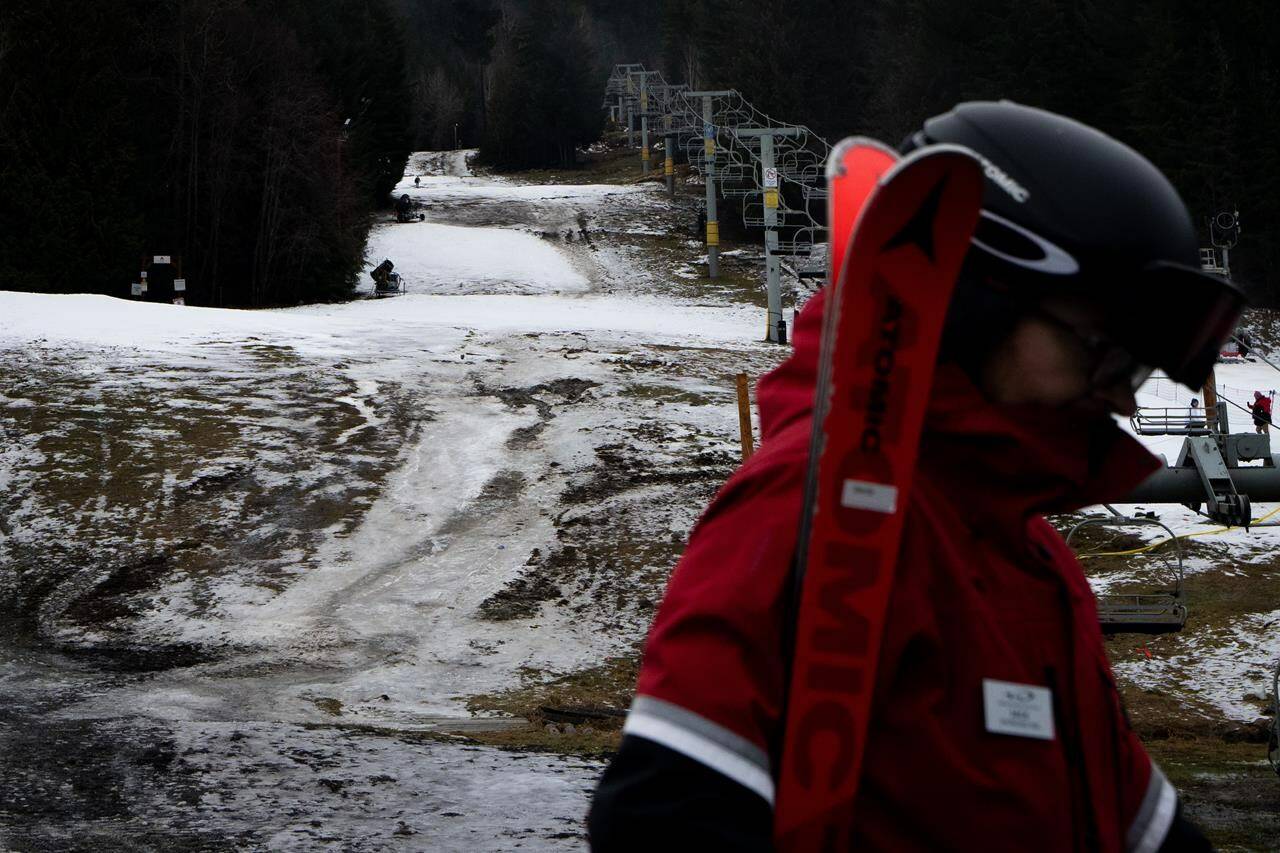Data from Environment Canada has confirmed what winter sport enthusiasts have known for a while — December was warm in British Columbia.
Five communities in the province set or equalled temperature records for the month while the warm weather, combined with a lack of rain or snow, has done little to ease ongoing drought concerns.
Meteorologist Brian Proctor said the mean temperature at Vancouver International Airport last month was 7 C, tying with 1939 as the city’s warmest December on record since data started being collected in 1896.
The mean temperature was 3.4 degrees higher than what is considered normal for the month.
Proctor said Tuesday that warm weather records for December were also either set or tied in Victoria, Comox, Campbell River and Abbotsford.
The month was also very dry, meaning there wasn’t enough rain or snow to ease drought concerns in the province, he said.
In the northeastern municipality of Chetwynd, for example, less than a millimetre of precipitation was recorded in December. The community usually sees about 19 millimetres.
“In general terms, it hasn’t been enough to alleviate the long-standing drought,” Proctor said.
“It’s helped to sort of pull it back a little bit, but what we really do need, more than anything else, is we need snowpack. And we’re not getting snowpack out of these kinds of systems at this point in time.”
The province’s final drought update of the year, posted at the end of November, lists eight of B.C.’s 34 basins at the two highest levels of risk for adverse drought impacts.
The northeast corner of B.C., which includes the Fort Nelson and Peace regions, remains at the highest level of drought where adverse impacts are almost certain.
Proctor says the first full week of January is expected to get cooler with some snow possible at higher elevations
READ ALSO: Green Christmas expected for much of Canada as El Nino settles in

